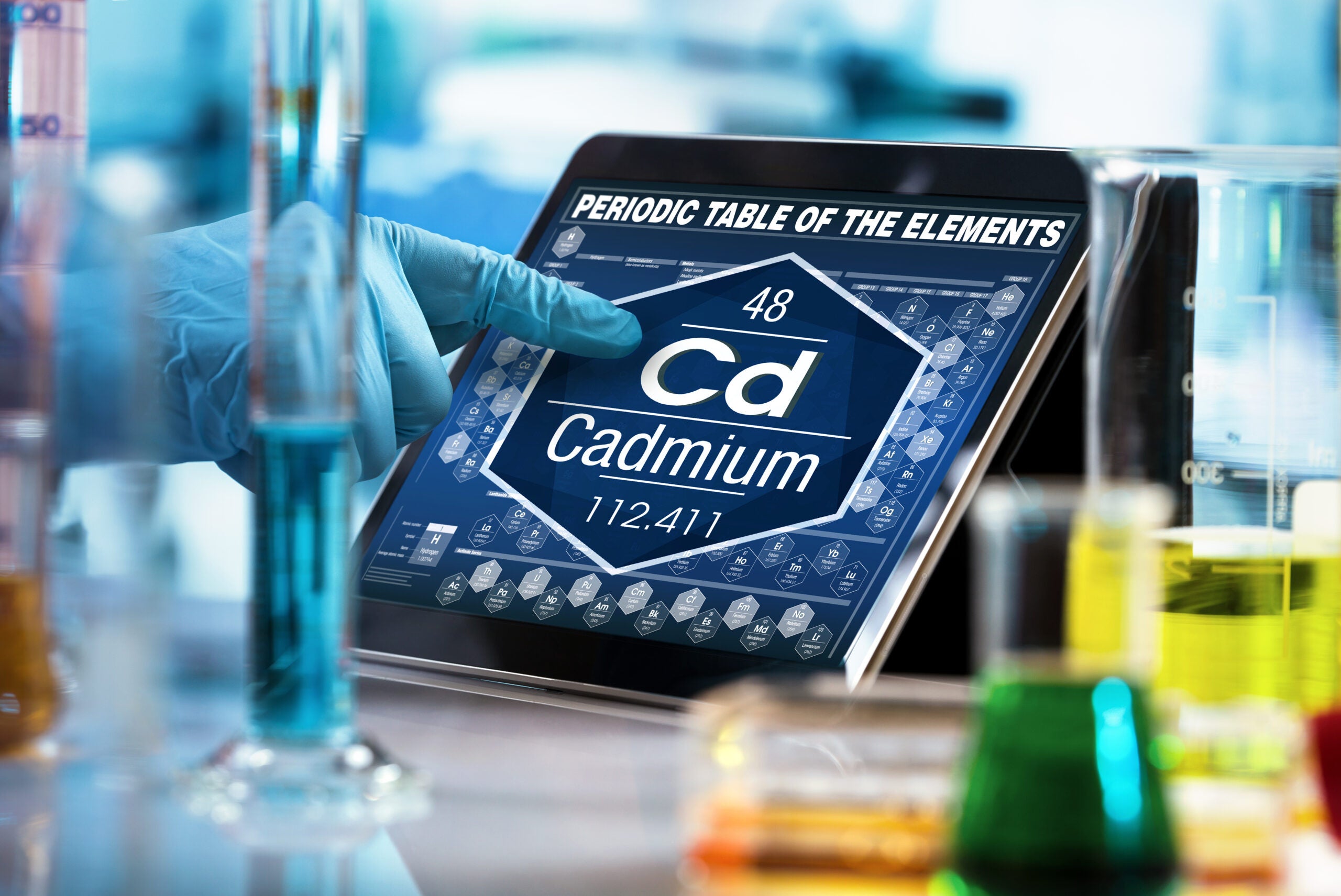My CNT is Better than Your CNT… Or At Least It’s Different
Cal Baier-Anderson, Ph.D., is a Health Scientist.
After posting to this blog the other day, I came across a brand new study characterizing the heterogeneity of carbon nanotubes. The authors of this study looked at 11 single-wall carbon nanotubes (SWCNTs) from 10 different suppliers and found that SWCNT composition varies dramatically depending on synthesis method, feedstock, purification steps, and other factors.
The authors note that SWCNTs contain up to 70% impurities. In this study, detected impurities include metals used commonly as catalysts, such as iron, nickel, cobalt and yttrium. Ironically, adding a purification step to remove residual metal catalysts can actually add small amounts of new metals, such as copper, lead, and chromium! The authors speculate that the acid washing process used in the purification step transfers metals from lab equipment to the SWCNTs, but this hypothesis needs to be tested.
Remarkably, the total carbon content of the SWCNT also varies considerably, ranging from 60-97%. Even more variable is the percentage of carbon in the lattice form that distinguishes SWCNT from amorphous carbon (a measure of structural purity): that ranged from 23–81%.
The authors hypothesize that the heterogeneity of SWCNTs manufactured with different techniques could have a profound influence on the associated toxicity. This real-world heterogeneity seen even within one class of nanomaterials further illustrates how difficult it will be to derive general principles to predict the effects of exposure to nanomaterials on human health and the environment.













One Comment
Cal,
An interesting aside to this – last year we published a paper looking at the physical characteristics of airborne aggregates released from single waled carbon nanotube paper. One surprising outcome was that two different batches of what was purportedly the same material led to completely different particles being released; most likely with very different risk profiles. From the first batch, particles were compact and predominantly non-nanotube carbonaceous material. But from the second batch, very open-structured aggregates of carbon nanotubes were released.
Andrew